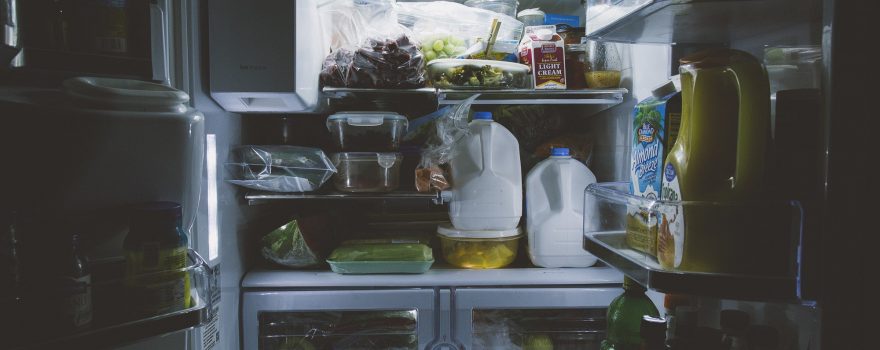
When it comes to home appliances, your refrigerator is undoubtedly one of the most essential. It keeps your food fresh, your drinks cold, and is a cornerstone of any well-functioning kitchen. However, like all machines, refrigerators can encounter issues that may disrupt their performance. In this comprehensive guide, we will demystify refrigerator repairs and equip you with the knowledge and tips you need to keep your fridge running smoothly.
Understanding the Basics
Before we dive into specific repairs, it’s important to grasp some fundamental concepts about how your refrigerator operates. A typical refrigerator has two main components: the condenser coil and the evaporator coil. The condenser coil is responsible for expelling heat from inside the fridge, while the evaporator coil helps cool the interior. These coils are interconnected by a compressor and a network of tubes containing refrigerant. Understanding this basic system will make troubleshooting and repairing your refrigerator much easier.
https://northappliancerepair.blogspot.com/2023/10/ending-refrigerator-frustrations-rely.html
Common Refrigerator Problems and Solutions
- It’s Not Cooling Properly: If your fridge isn’t maintaining the right temperature, first check the thermostat settings. Sometimes, it’s accidentally turned down. Also, ensure there’s proper clearance around the refrigerator for adequate airflow. If the problem persists, it could be a faulty thermostat, condenser coil, or evaporator coil. These issues might require professional repair.
- Excessive Frost Buildup: If you notice an unusual amount of frost in your freezer or on the evaporator coils, it may be due to a malfunctioning defrost timer, thermostat, or heating element. Regularly defrost your freezer to prevent excessive frost buildup.
- Leaking Water: Water puddles under or inside your fridge can result from a blocked defrost drain or a malfunctioning water inlet valve. Check the drain for clogs and ensure the water inlet valve is in good condition.
- Unusual Noises: Strange noises like clicking, humming, or knocking may indicate issues with the compressor, condenser fan, or evaporator fan. While some sounds are normal, if they become loud or persistent, it’s time for a closer look.
- Faulty Ice Maker: If your ice maker isn’t producing ice, inspect the water supply, inlet valve, or the ice maker unit itself for any problems. Replacing a worn-out ice maker can be a straightforward fix.
Safety First
Before attempting any refrigerator repairs, always unplug the appliance or turn off the power from the circuit breaker. Safety should be your top priority, and it’s essential to avoid any risk of electric shock.
When to Seek Professional Help
While some refrigerator repairs are manageable for the average homeowner, more complex issues might require the expertise of a professional technician. If you’re uncomfortable with diagnosing or fixing a problem, or if the repair involves refrigerant handling, it’s best to contact a qualified appliance repair service. Attempting major repairs without the necessary knowledge and tools can worsen the situation and lead to costly damage.
Regular Maintenance
Preventing refrigerator issues is often as simple as performing routine maintenance. Clean the condenser coils at least once a year, ensure the door seals are airtight, and keep the interior clean and organized to promote proper airflow. By taking these steps, you can extend the lifespan of your fridge and reduce the likelihood of major breakdowns.
In conclusion, understanding the basics of refrigerator repairs, recognizing common problems, and knowing when to seek professional help can help you maintain a well-functioning fridge. By following these guidelines, you can keep your cool, quite literally, and ensure your refrigerator serves you faithfully for years to come.